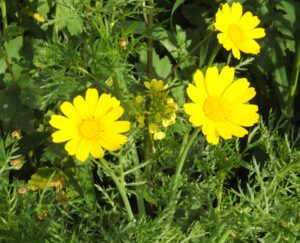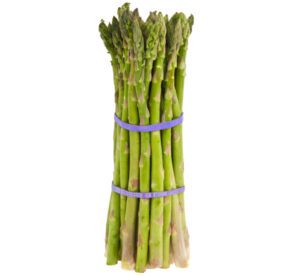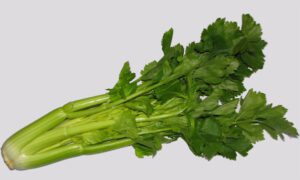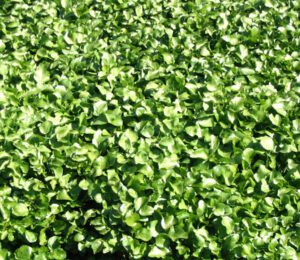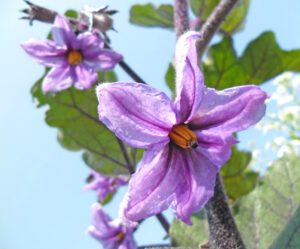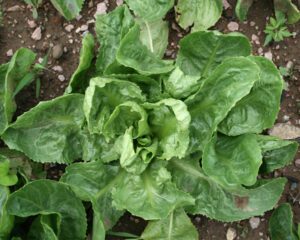Growing Swiss chard organically in home garden can be a great way for enjoying this great vegetable. Swiss chard (Beta vulgaris) is a green leafy vegetable that can be grown in both cool and warm temperatures.
It is also known as Silverbeet, Silver Beet, Leaf Beet, Seakale Beet, Spinach Beet or simply as ‘Chard’ and it is a member of the beet family. You can consider growing Swiss chard in your home garden.
The Swiss chard is often grown as a summer substitute for spinach in some areas, mainly because of it’s tolerance for warm temperatures.
Growing Swiss chard is very popular among the home gardeners. Because it is colorful, hardy, nutritious and delicious.
Swiss chard is an extremely good source of vitamin A and some other minerals such as iron, phosphorus, magnesium, potassium, sodium and calcium.
But compared to raw Swiss chard, vitamin and mineral contents get reduced when chard is cooked by boiling.
Fresh young Swiss chard leaves are an excellent addition in salads. While the mature leaves and stalks are generally cooked.
However, growing Swiss chard is very easy and it looks as good as it tastes. And growing Swiss chard organically in home garden will make it much tastier, healthier and palatable.
How to Start Growing Swiss Chard
Growing Swiss chard is extremely easy. You can grow this vegetable easily if you have rich and well-drained soil with the availability of full sun.
However, here we are describing everything about growing Swiss chard from planting, caring to harvesting.
Choose a Variety
There are actually several varieties of Swiss chard available throughout the world. Among all these varieties, some varieties are heat tolerant and some varieties do well in cool temperature.
Some popular Swiss chard varieties are Bright Lights, Fordhook Giant, Five Color, Lucullus, Perpetual, Rhubarb and Ruby.
The Bright Lights variety has multicolored stems. The Fordhook Giant variety grows rapidly and has great flavor.
Leaves and stems of the Five Color variety are in a rainbow of colors (this is actually a blend of different colored plants, each grown separately before the seeds are combined).
Taste of the Perpetual variety is very similar to spinach and this variety regrows leaves quickly as you harvest the outer leaves.
The Lucullus variety is very heat tolerant. The Ruby variety has bright red stems and it can be a beautiful addition to your home garden.
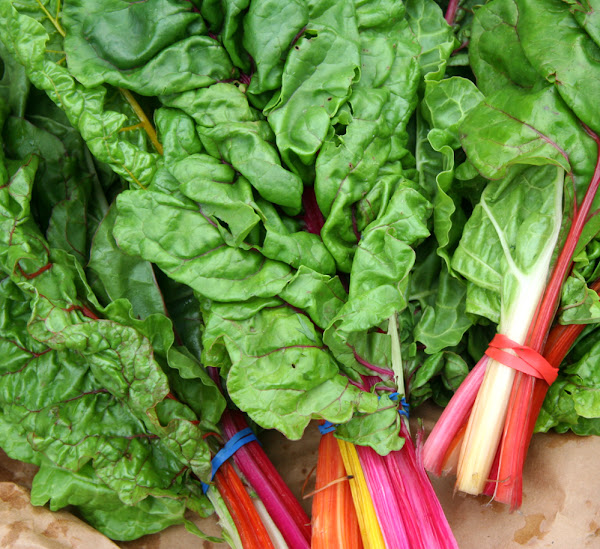
You can consult with an existing home gardener in your area for choosing the right variety.
Don’t forget to learn about the growing ability and availability of seeds of your chosen variety in your area.
Purchase Seeds
Swiss chard is grown from seeds. So, after selecting the right variety for your garden, purchase good quality seeds from any of your nearest seed supply stores. The seeds should be easily available in your area.
Best Time for Growing Swiss Chard
Swiss chard can be grown throughout the year. There are many different varieties available which can be grown in different times of the year.
Some varieties grow well in cool temperature, while some other varieties grow well in summer months. So, basically you can plan for growing Swiss chard at any time.
Preparing the Soil
Swiss chard can be grown in almost all types of soil, except excessive clay soil. Sandy-loamy or loamy soil with the availability of full sun is considered best for growing Swiss chard.
But the Swiss chard plants require very fertile soil that is rich in organic materials. So, prepare the soil by loosening it first and then add aged manure or homemade compost.
And then the soil will be ready for planting Swiss chard seeds. A raised bed will be good for growing Swiss chard.
Planting Seeds
You can plant Swiss chard seeds at any time of the year. Plant the Swiss chard seeds 2-3 weeks before the last spring frost date, and continue planting seeds at 10 day intervals for a month. But for fall harvest, plant the seeds about 40 days before the first fall frost date.
Planting the seeds in rows will be good, because it will make the caring process much easier. Plant the seeds 1/2 to 3/4 of inch deep, and sow 8-10 seeds per 1 foot row. Space the rows between 10 and 18 inches apart.
Caring
After planting seeds, the Swiss chard plants will require additional caring for better growth. Total yield will be less if you don’t take additional caring after planting the seeds. Here we are describing more about the additional caring steps for growing Swiss chard.
Fertilizing: Swiss chard plants don’t require additional fertilization if you prepare the soil perfectly before planting. Although, organic liquid fertilizers such as compost tea will be good for better growth.
Watering: Adequate watering is a must for growing Swiss chard. So water the plants evenly to help them grow better and faster. And water often during dry spells in the summer months.
Mulching: Mulching will help to retain moisture in the soil. And as a result, you have to water the plants less. Mulching will also help to control most of the garden weeds from the Swiss chard bed. You can use grass clippings, hay, straw, dry leaves or homemade compost for mulching purpose.
Controlling Weeds: Weeds will consume nutrients from the soil, and as a result your Swiss chard plants will suffer. So control the weeds while preparing the soil. And use hoe for controlling additional weeds from the bed.
Thinning: Give the plants enough space for proper growth, so thinning is important. Thin the plants to 4-6 inches apart when they are between 3 and 4 inches tall. Thin again to 9-12 inches apart when the plants are much longer.
Pests and Diseases
Diseases are less in the Swiss chard plants. Although you may notice cercospora leaf spot which is a fungal disease of the Swiss chard plants.
This disease causes light brown patches surrounded by purple halos to form on leaves. Warm and rainy weather favors outbreaks.
Give the plants enough space for promoting good air circulation and this will help to prevent this disease. And immediately remove any affected leaves or plants and destroy them.
Aphids, leaf miners and slugs are some common pests for growing Swiss chard organically in home garden. Use homemade organic insecticides for controlling all these pests.
Harvesting
You can actually harvest Swiss chard at anytime when they reach your desired size. Basically, you can expect to start harvesting when the plants are 6 to 8 inches tall.
Harvesting carefully is very important, because new leaves will grow and provide another harvest. Use a sharp knife and cut off the outer leaves (1/2 to 1 inches above the ground).
These are the common steps for growing Swiss chard organically in home garden. Hope you have enjoyed this guide! And don’t forget to share your story about growing this vegetable. Happy gardening 🙂

